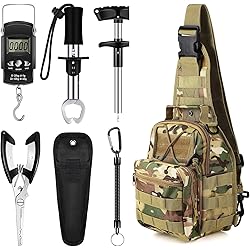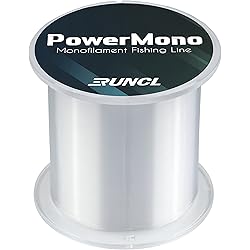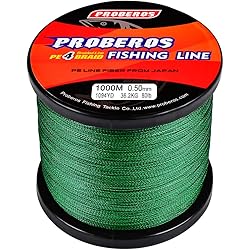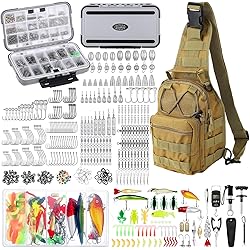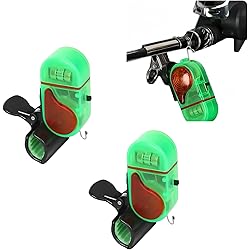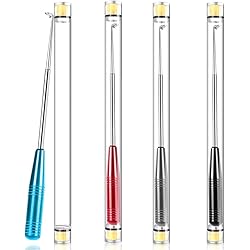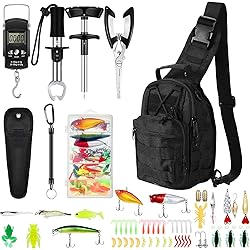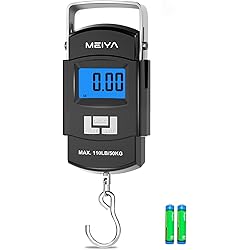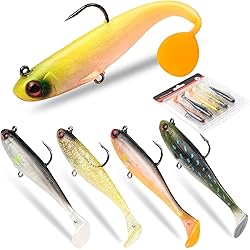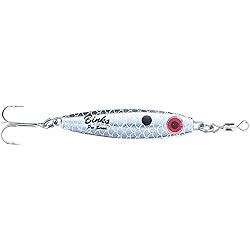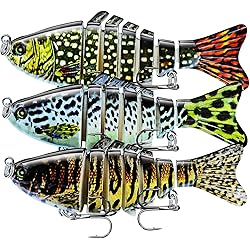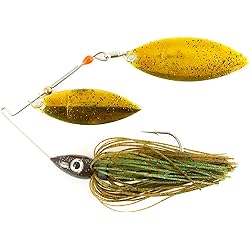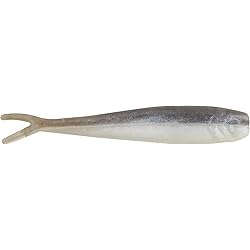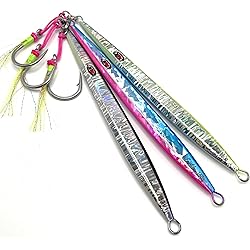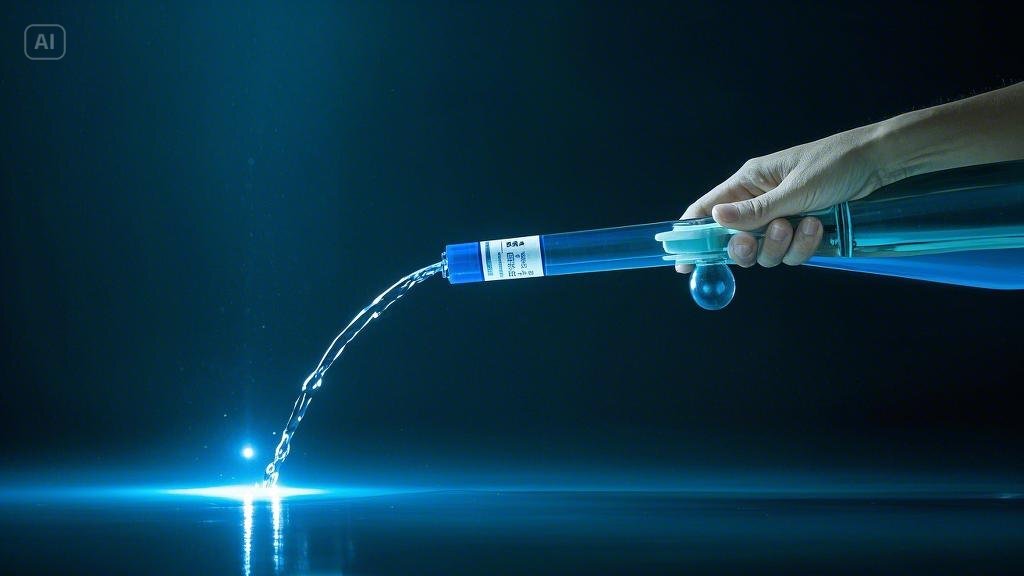How to Create a Charming and Functional Fish Tank Setup, When designing a captivating and functional aquarium setup, the tank’s size is a crucial consideration. The tank’s dimensions will not only dictate the number of fish and plants it can accommodate, but also significantly impact the overall visual appeal of the setup. A larger tank provides ample space for fish to swim and explore, whereas a smaller tank may limit the types and number of fish that can be kept.
It is essential to consider the available space in your home when selecting the tank’s size, ensuring it fits comfortably in the chosen location without overwhelming the space. In addition to size, the location of the fish tank is also vital. The ideal location should be both aesthetically pleasing and practical for maintenance.
Direct sunlight should be avoided, as it can lead to excessive algae growth and water temperature fluctuations. Furthermore, the weight of the tank must be taken into account, ensuring the chosen location can support its weight. Once the optimal size and location have been determined, you can proceed to select the most suitable substrate and decorations to create a breathtaking underwater landscape.
Coralife LED BioCube Aquarium Fish Tank Kit, 16 Gallon
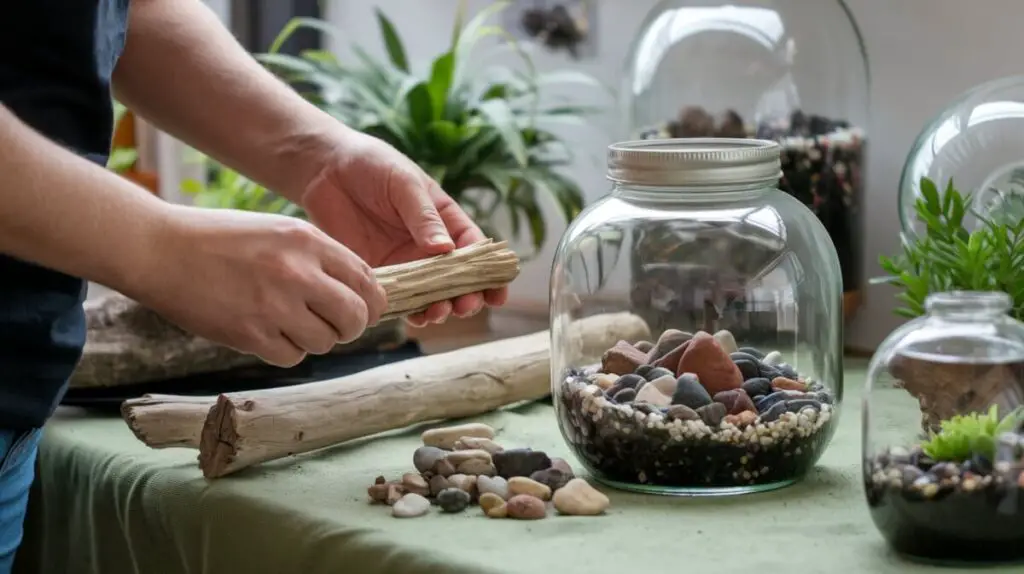
Selecting the Best Substrate and Decorations
Choosing the Right Substrate
When it comes to selecting a substrate, you have a range of options, including gravel, sand, and specialized substrates designed for planted tanks. The substrate serves a dual purpose: it provides a base for your plants to root in and a place for beneficial bacteria to colonize, which helps maintain a healthy ecosystem within the tank.
Selecting Decorations
When choosing decorations, consider the needs of your fish and plants, as well as your desired aesthetic. Decorations can include rocks, driftwood, and artificial or live plants, which not only add visual interest but also provide hiding spots and territories for your fish. Ensure that any decorations you choose won’t harm your fish, and create a natural-looking environment that mimics their natural habitat.
Creating a Balanced Ecosystem
Once you’ve chosen the right substrate and decorations, it’s essential to focus on filtration and water quality to ensure a healthy and balanced ecosystem for your fish. By considering the needs of your fish and plants, you can create a thriving environment that will keep your aquatic friends happy and healthy.
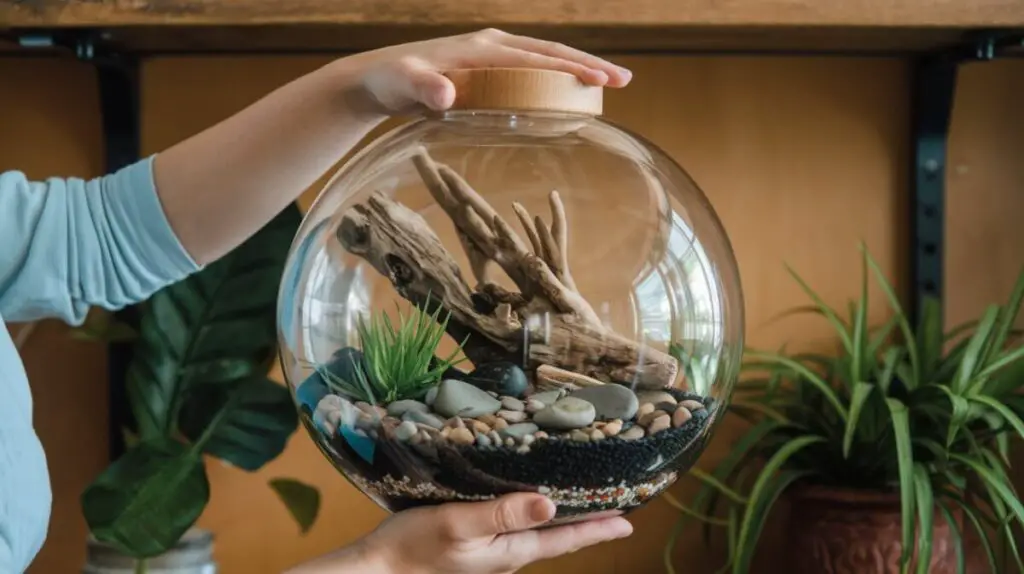
Understanding the Importance of Filtration and Water Quality
Filtration is an essential component of any fish tank setup, as it helps to remove waste and debris from the water, keeping it clean and healthy for your fish. There are three main types of filtration: mechanical, biological, and chemical. Mechanical filtration removes solid waste from the water, while biological filtration uses beneficial bacteria to break down harmful substances like ammonia and nitrites.
Chemical filtration uses activated carbon or other substances to remove impurities from the water. In addition to filtration, maintaining water quality is crucial for the health of your fish. Regular water testing can help you monitor levels of ammonia, nitrites, nitrates, and pH, ensuring that they remain within safe ranges for your fish.
It’s also important to perform regular water changes to remove accumulated waste and replenish essential minerals and nutrients for your fish and plants. By understanding the importance of filtration and water quality, you can create a healthy and balanced ecosystem for your fish to thrive in. Once you’ve established proper filtration and water quality, it’s time to select the right fish and plants for your tank.
Selecting the Right Fish and Plants for Your Tank
| Aspect | Metric |
|---|---|
| Tank Size | 20 gallons or larger |
| Water Temperature | 75-80°F (24-27°C) |
| Filtration System | Canister filter or hang-on-back filter |
| Substrate | Gravel or sand |
| Decorations | Live plants, rocks, driftwood |
| Lighting | LED lights with timer |
| Water Parameters | pH: 6.5-7.5, Ammonia & Nitrite: 0, Nitrate: <20ppm |
| Fish Compatibility | Research and choose compatible species |
When selecting fish for your tank, it’s important to consider their compatibility with each other and their specific needs in terms of water parameters and tank size. Some fish species are more aggressive or territorial than others, so it’s important to research their behavior and compatibility with other species before adding them to your tank. Additionally, consider the size of the fish at maturity and ensure that they have enough space to swim comfortably in your chosen tank size.
In addition to fish, live plants can add beauty and functionality to your tank. Plants not only provide oxygen and absorb carbon dioxide, but they also serve as hiding spots and territories for your fish. When selecting plants for your tank, consider their lighting and nutrient requirements, as well as their compatibility with your chosen fish species.
It’s important to choose plants that are suitable for your tank size and that won’t outcompete each other for space and nutrients. By selecting the right fish and plants for your tank, you can create a harmonious underwater environment that is both visually stunning and functional.
biOrb Tube 15 Acrylic 4-Gallon Aquarium with Multi-Color Remote-Controlled LED Lights
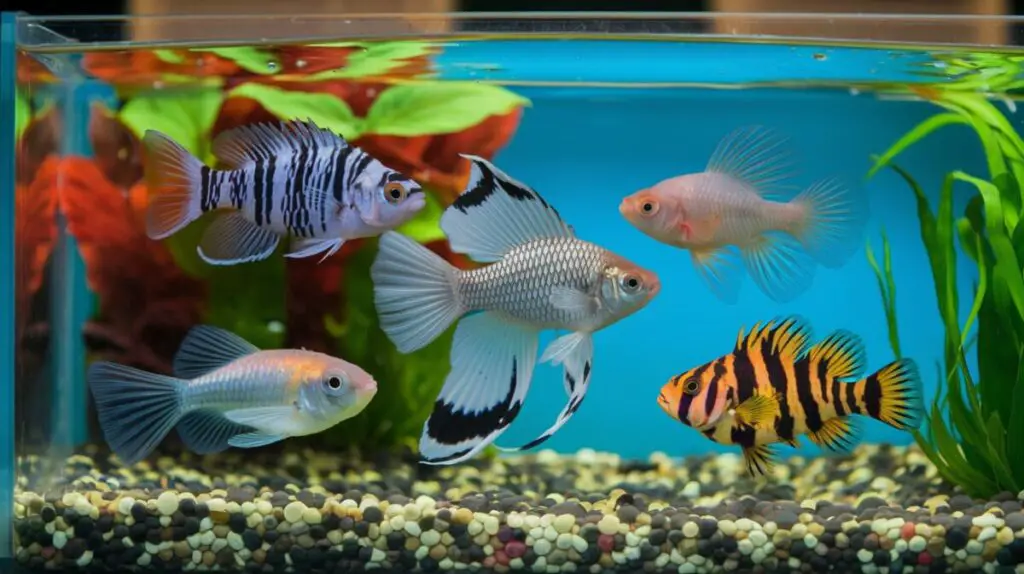
Maintaining a Healthy and Balanced Ecosystem
Once you’ve established the right fish and plants for your tank, it’s important to maintain a healthy and balanced ecosystem to ensure their long-term health and well-being. Regular water testing can help you monitor levels of ammonia, nitrites, nitrates, and pH, allowing you to make adjustments as needed to keep these parameters within safe ranges for your fish. It’s also important to perform regular water changes to remove accumulated waste and replenish essential minerals and nutrients for your fish and plants.
In addition to water quality, maintaining a healthy ecosystem also involves providing proper nutrition for your fish and plants. Research the dietary needs of your fish species and ensure that they are receiving a balanced diet that meets their nutritional requirements. For planted tanks, consider supplementing with fertilizers to provide essential nutrients for plant growth.
By maintaining a healthy and balanced ecosystem, you can ensure that your fish and plants thrive in their underwater environment.
How to Create a Charming and Functional Fish Tank Setup
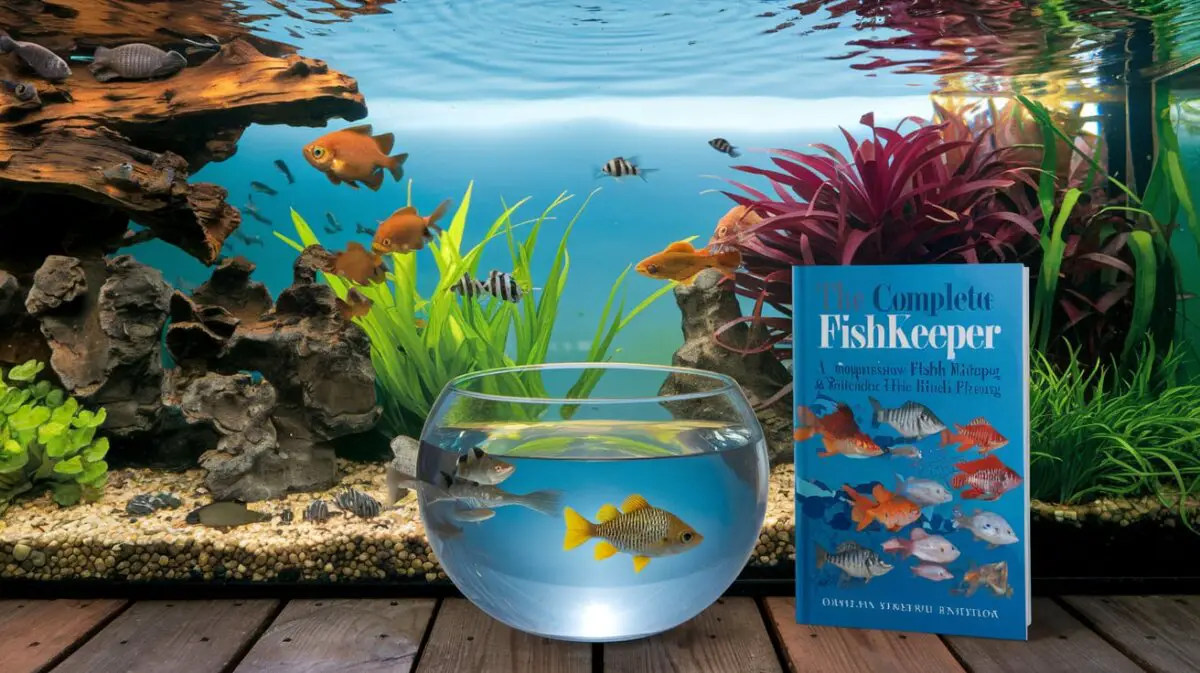
Adding Lighting and Heating for Optimal Fish Health
Lighting for a Thriving Aquarium
Proper lighting not only enhances the visual appeal of your tank, but it also provides essential energy for plant growth through photosynthesis. When selecting lighting for your tank, consider the needs of your plants in terms of intensity and spectrum, as well as the preferences of your fish species.
Heating for Optimal Water Temperatures
In addition to lighting, heating is important for maintaining stable water temperatures within safe ranges for your fish. Most tropical fish species require water temperatures between 75-80°F (24-27°C) for optimal health and well-being. Consider investing in a reliable aquarium heater to maintain consistent temperatures in your tank, especially during colder months or in cooler climates.
Creating an Optimal Environment
By providing proper lighting and heating for your tank, you can create an optimal environment for your fish and plants to thrive.
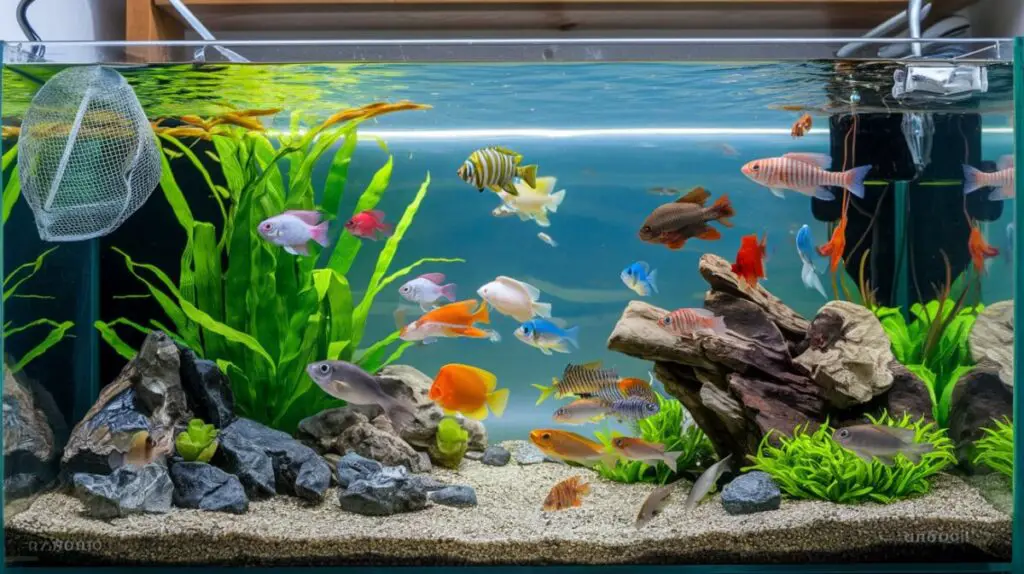
Tips for Regular Cleaning and Maintenance of Your Fish Tank
Regular cleaning and maintenance are essential for keeping your fish tank looking its best and ensuring a healthy environment for your fish and plants. Perform regular water changes to remove accumulated waste and replenish essential minerals and nutrients for your fish and plants. Use a siphon or gravel vacuum to remove debris from the substrate during water changes, helping to maintain water quality.
In addition to water changes, it’s important to clean the glass or acrylic surfaces of your tank regularly to remove algae buildup and maintain visibility within the tank. Use an algae scraper or magnet cleaner to remove algae from the glass or acrylic surfaces without disturbing your fish or plants. It’s also important to clean or replace filter media regularly to ensure proper filtration and water quality within your tank.
By following these tips for regular cleaning and maintenance of your fish tank, you can ensure that it remains a charming and functional underwater landscape for years to come. With proper care and attention, you can create a healthy ecosystem that provides a beautiful home for your fish and plants. In conclusion, creating a charming and functional fish tank setup involves careful consideration of factors such as tank size, location, substrate, decorations, filtration, water quality, fish selection, plant selection, ecosystem maintenance, lighting, heating, cleaning, and maintenance.
By taking these factors into account and following best practices for each aspect of your setup, you can create an underwater environment that is both visually stunning and functional for your fish and plants. With proper care and attention, you can enjoy a thriving ecosystem that provides a beautiful home for your aquatic pets.

Conclusion
In conclusion, creating a charming and functional fish tank setup is a rewarding endeavor that combines aesthetics with the well-being of your aquatic inhabitants. By carefully selecting the right tank size, choosing compatible fish species, and incorporating essential equipment such as filters, heaters, and lighting, you lay the foundation for a thriving aquatic environment. Thoughtful aquascaping with live plants, rocks, and decorations not only enhances the visual appeal but also provides necessary hiding spots and stimulation for your fish.
Regular maintenance, including water changes and monitoring water parameters, ensures a healthy habitat that supports the longevity and vitality of your fish. Additionally, understanding the specific needs of your chosen species allows you to create a harmonious community where each fish can flourish.
Ultimately, How to Create a Charming and Functional Fish Tank Setup is about striking a balance between beauty and practicality. By following these guidelines and continuously educating yourself on best practices in aquarium care, you can enjoy the serene beauty of an underwater world right in your home while providing a safe and nurturing environment for your aquatic pets.
FAQs
What are the basic components needed for a fish tank setup?
The basic components needed for a fish tank setup include a tank, a filtration system, a heater, a thermometer, substrate, decorations, lighting, and water conditioner.
How do I choose the right size tank for my fish?
When choosing the right size tank for your fish, consider the adult size of the fish, their activity level, and the number of fish you plan to keep. It’s generally recommended to provide at least 1 gallon of water per inch of fish.
What type of filtration system is best for a fish tank?
The best type of filtration system for a fish tank is a combination of mechanical, biological, and chemical filtration. This can be achieved through a power filter, canister filter, or a sump system.
How do I maintain the water quality in my fish tank?
To maintain water quality in your fish tank, perform regular water changes, monitor water parameters such as pH, ammonia, nitrite, and nitrate levels, and clean the filter regularly. Use a water conditioner to remove chlorine and chloramine from tap water.
What are some tips for creating a visually appealing fish tank setup?
To create a visually appealing fish tank setup, consider using a variety of live plants, rocks, driftwood, and other decorations to create a natural-looking environment. Use substrate that complements the overall aesthetic and consider the placement of lighting to enhance the tank’s appearance.
How can I ensure the functionality of my fish tank setup?
To ensure the functionality of your fish tank setup, make sure to properly size and place the filtration system, heater, and lighting. Monitor water parameters regularly and provide appropriate hiding spots and swimming areas for your fish.
Hooked on Tech: Exploring the latest Fishing Gadgets that Anglers swear by.
In the realm of angling, where tradition and technology often converge, a new wave of fishing gadgets has emerged, transforming the way anglers approach their craft.
From advanced fish finders to smart bait systems, these innovations have not only revolutionized the fishing experience but have also garnered a loyal following among anglers worldwide.



